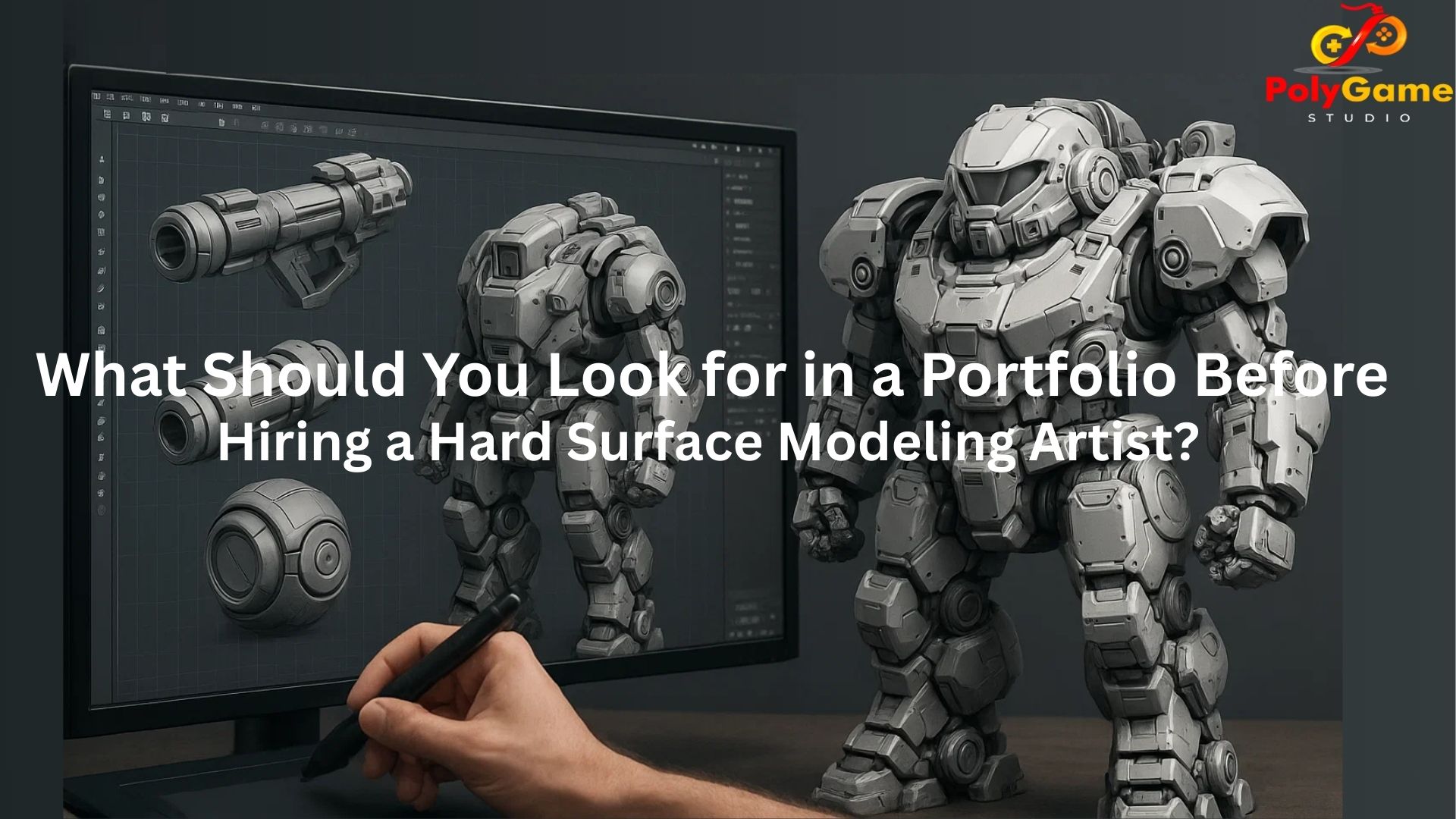The Unseen Impact: How Do 3D Environment Modeling Techniques Impact Game Performance?
In modern video games, players are captivated by the detailed worlds they can explore. From bustling cities to peaceful natural landscapes, these environments draw players into the experience. These digital experiences are the product of skilled 3d environment modeling, an art form that requires both creative vision and technical precision. However, what often goes unnoticed by the player is the direct and profound impact that these modeling techniques have on a game’s performance. A beautiful 3D Game Environment is a hollow promise if the frame rate stutters and the experience is frustrating. Understanding the critical link between artistic choices and technical execution is paramount for any developer aiming to deliver a seamless and immersive experience.
The Core Concepts: The Engine’s Demands
To grasp the impact of 3D Environment Modeling, we must first understand a few key performance metrics that every game engine must manage:
- Polygon Count:
The total number of polygons the graphics card has to render at any given time is a major performance factor. More polygons mean more detail, but also more work for the GPU.
- Draw Calls:
A scene with thousands of individual objects can quickly flood the system with draw calls, leading to significant performance bottlenecks.
- Texture Memory:
The textures that give a 3D Game Environment its color, detail, and surface properties can consume a massive amount of memory, especially if they are high-resolution and unoptimized.
A skilled 3D Environment Artist understands these constraints and builds their assets to respect them.
Technique 1: The Art of Optimization Through Polygon Management
One of the most fundamental skills in 3D Environment Modeling is managing polygon count. A common workflow involves creating a high-resolution sculpt to capture intricate details, followed by a crucial optimization step: retopology.
- Retopology and Baking:
This clever technique allows the game to display a highly detailed surface with a fraction of the polygons.
- The Impact on Performance:
By using retopologized meshes, a 3D Environment Artist can create a stunning and detailed scene that runs smoothly, as the GPU is only rendering a minimal number of polygons. This technique is non-negotiable for creating a performant 3D Game Environment.
Technique 2: Smart Texturing and Material Efficiency
Texture memory and draw calls are the silent killers of performance. How an environment is textured and shaded directly influences a game’s memory footprint and frame rate.
- Texture Atlases:
An experienced 3d environment artist will use texture atlases. This reduces draw calls, as the engine only needs to load one texture to render multiple objects.
- Material Instancing:
Modern game engines allow for material instancing, where one master material can be duplicated and slightly altered (e.g., changing color, roughness, or texture) without creating a brand-new material each time. This saves both memory and processing power. Efficient 3D Environment Modeling relies on these techniques to build a rich world without the performance cost.
Technique 3: The Power of Modularity and Instancing
This technique is a cornerstone of modern game development, allowing for the creation of vast, detailed worlds with minimal performance impact. It’s a key part of the modern 3D Environment Modeling workflow.
- Modular Kits:
A 3D Environment Artist often creates modular asset kits, collections of reusable pieces like wall sections, railings, or rock formations that can be assembled in countless ways.
- Instancing:
Instead of rendering thousands of unique objects, a game engine can “instance” a single model. This means it only sends one draw call for the model and then provides instructions for its position, rotation, and scale for all its copies.
Technique 4: Other Key Optimizations
Beyond the main techniques, there are other critical optimizations that a professional 3D Environment Artist must implement:
- Collision Meshes:
Every visible object has a polygon count, but a separate, simplified collision mesh is used by the physics engine to calculate impacts and player movement. Using complex visible meshes for collision would be a massive performance drain.
- Occlusion Culling:
The game engine uses this technique to not show objects that are hidden behind others.
PolyGame Studio: Crafting Excellence in Every Frame
At PolyGame Studio, we understand that true mastery in the 3d game environment is a holistic approach. It’s not enough to simply create stunning visuals; those visuals must be a joy to experience. Our expert team of 3D Environment Artists specializes in creating highly optimized, game-ready environments. We push the limits of visual quality while always respecting the technical requirements of your target platform. We believe that a truly immersive 3D Game Environment is one that not only looks incredible but also runs flawlessly.
Our commitment to performance optimization is a core pillar of our 3D Game Environment services. We leverage the latest tools and techniques, from advanced retopology and PBR workflows to modular kits and smart instancing to ensure that every asset we create delivers maximum visual impact with minimum performance cost.
Whether you need a vast, open-world landscape, a modular kit for a complex dungeon, or a highly-detailed prop, our team is equipped to deliver. Our expertise ensures that your 3D Game Environment is not only a feast for the eyes but also a joy to play, making for an unforgettable gaming experience.
Conclusion: The Unseen Art of Immersion
The technical decisions made during 3D Environment Modeling are the unseen threads that hold the fabric of a game together. They are the reason a game runs smoothly, looks consistently beautiful, and feels genuinely immersive. A successful 3D Environment Artist is not just a digital sculptor but also a technical wizard, an engineer, and a performance optimizer.








